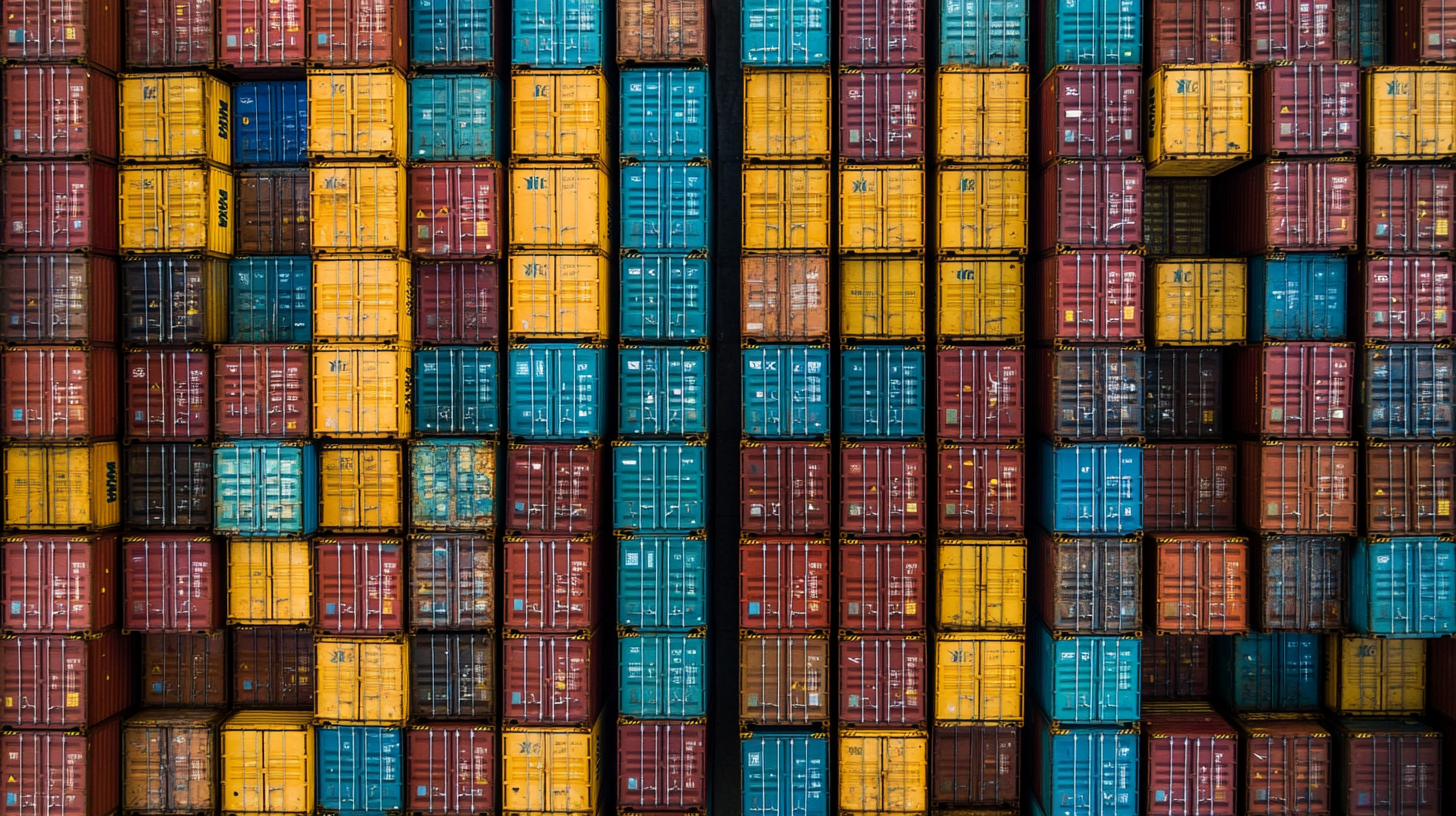
Reasons behind the export downturn
India’s export results in FY 2024 took a downturn, with merchandise exports falling by 3.1% to US$ 437.1 billion. So, what led to this? There were several bumps along the road.
To start, the slowdown in the global economy wasn’t helping anyone. With major markets such as the US and Europe pulling back on spending, the demand for Indian goods diminished. Inflationary pressures and increasing interest rates in these areas resulted in fewer orders, leaving exporters struggling.
Next, the entire supply chain situation was a bit of a puzzle. Shipping delays, escalating freight charges, and sporadic port congestion created turbulence. Even though the world may be moving on from the worst of the pandemic, the aftereffects are still impacting international trade.
Moreover, India’s rivals were not exactly idle. Nations such as Vietnam and Bangladesh have been raising their standards, particularly in textiles and electronics, challenging India’s position. And we can’t overlook China – despite facing its own economic challenges, it remains a formidable player in global trade, putting additional pressure on Indian exporters.
Lastly, fluctuating commodity prices contributed to the turmoil. Be it oil, metals, or agricultural products, price instability complicated planning for exporters. When prices are unpredictable, profit margins become equally erratic.
In summary, it wasn’t merely a single crash but a sequence of challenging waves that triggered the export downturn. Keep a lookout, though – conditions may yet improve with the right winds at your back.
Effects on major export industries
India’s export downturn didn’t evenly impact all sectors – some industries experienced a greater decline than others. Let’s take a closer look.
First, the textile industry. Once a strong contender, it’s now feeling the pressure. With global interest in apparel waning, especially in the US and Europe, Indian textile exports have registered a significant fall. Competing against players like Vietnam and Bangladesh, who provide attractive pricing and quicker delivery times, hasn’t made things simpler for Indian producers. It’s akin to trying to catch a wave while someone else is already riding it.
The gems and jewellery sector, another gem in India’s export portfolio (pun intended), also experienced a bit of a gloss fade. With inflation affecting consumer expenditure in key markets, luxury items like jewellery aren’t flying off the shelves. Heavily dependent on markets like the US, the sector suffered as consumers became more frugal.
On the brighter side, the pharmaceutical sector managed to remain steadier. While not entirely shielded from the global slowdown, demand for generics and essential medicines stayed consistent. India’s pharma industry still holds its ground, but even here, climbing raw material costs and supply chain issues have caused some ripples.
Then we have the automotive sector, which faces its own set of challenges. With ongoing semiconductor shortages creating hurdles, India’s vehicle exports, particularly in the commercial segment, have been struggling to keep up. Coupled with rising input costs and decreasing demand from key markets, this sector has been feeling the bumps along the way.
Lastly, let’s consider agriculture. While India is a significant player in global agricultural exports, fluctuating commodity prices have posed quite a challenge. Whether dealing with rice, spices, or tea, price instability has complicated efforts for exporters to secure stable contracts. And with erratic weather conditions adding to the uncertainty, it’s been much like trying to ride out a storm – you can never be sure what might happen next.
In conclusion, while some sectors are managing to navigate the turbulent waters better than others, it’s apparent that India’s export environment in FY 2024 has been anything but straightforward. For Australian exporters, it serves as a potent reminder that being flexible and responsive is essential when tackling the shifts in global trade currents.
